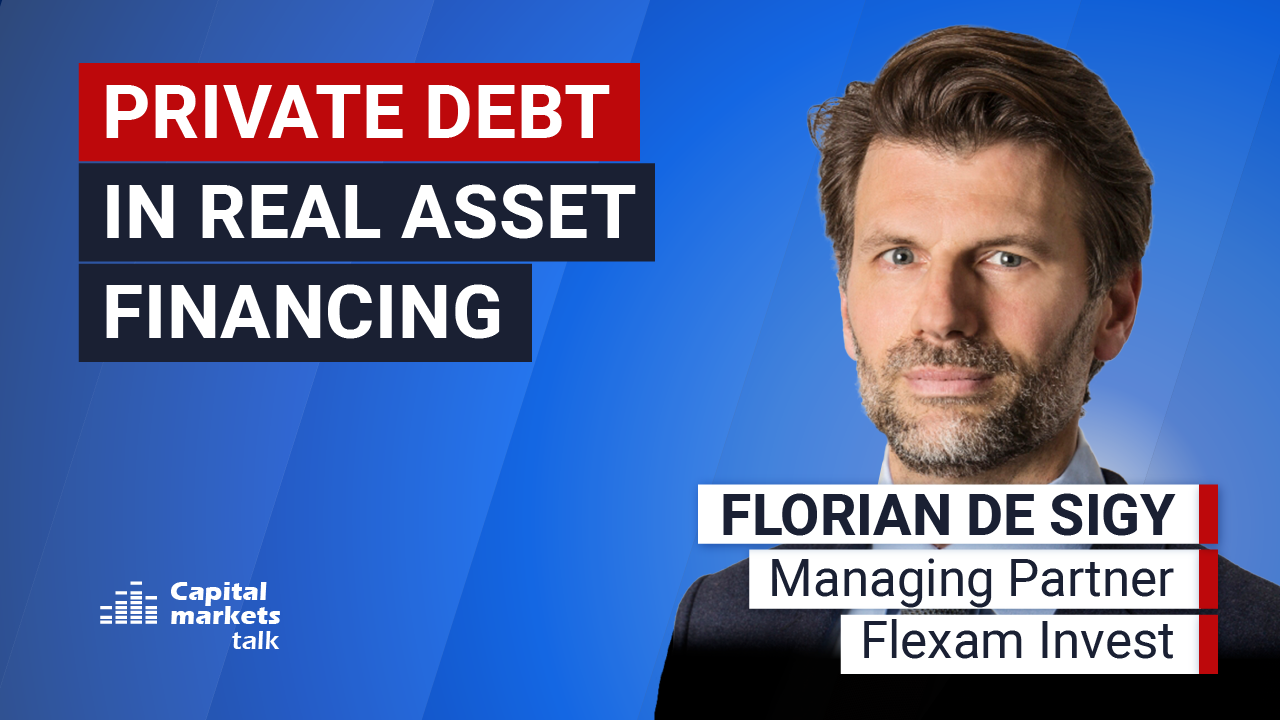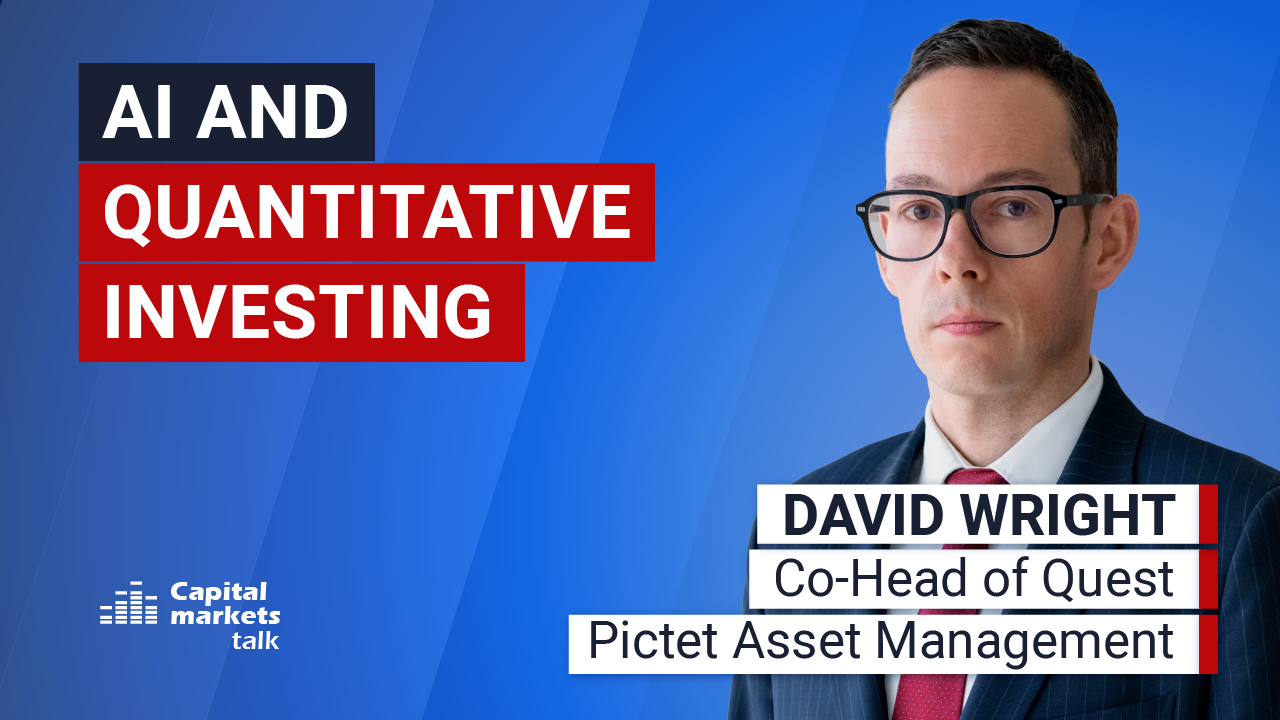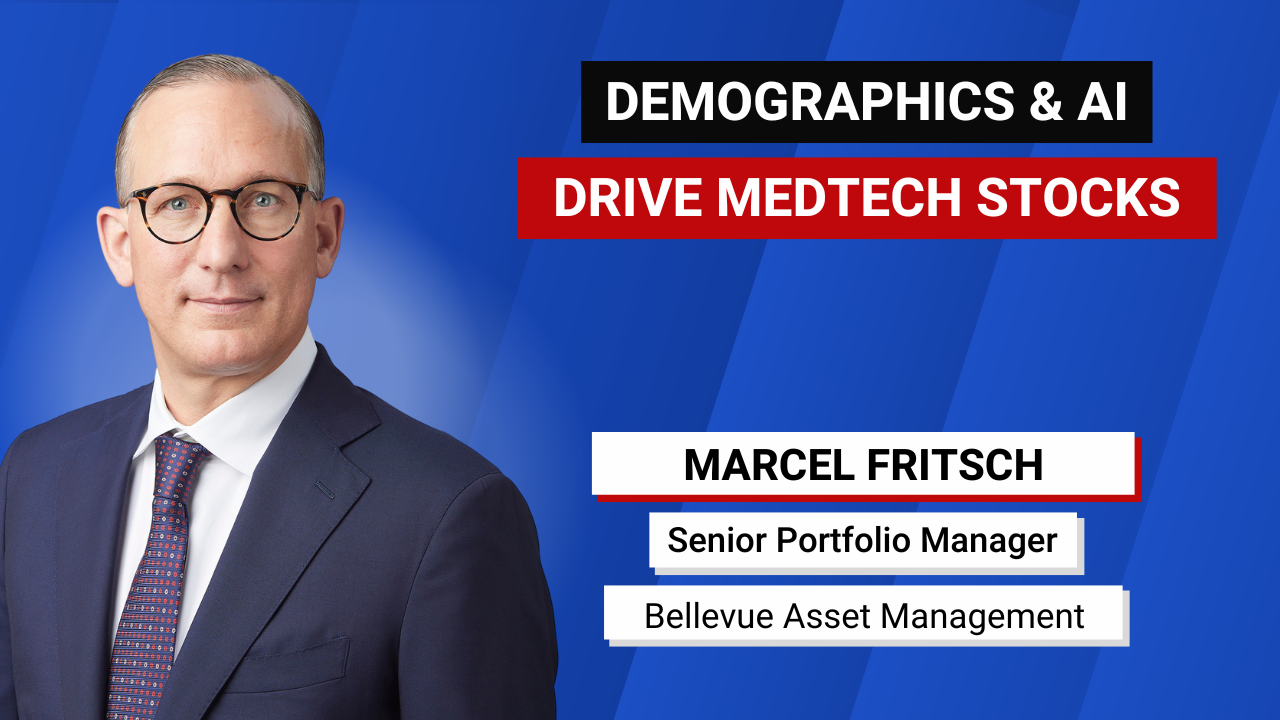Thematic investing has gained prominence in the last decade, experiencing a threefold increase, and now comprises 2.9% of global equity funds. Schroders emphasises that when evaluating the integration of thematic investments into asset allocation, it is essential to consider the evolving global landscape, including factors such as elevated inflation and interest rates.
Building on this, the asset manager identifies three prominent themes as driving forces for future thematic investments. They are collectively referred to as the 3Ds (demographics, decarbonisation, and deglobalisation).
On demographics, Lesley-Ann Morgan, Global Head of Pensions and Retirement at Schroders, said: “Aging demographics present a challenge to the economy. The working-age population is set to shrink, reducing capacity for future growth…This will have an impact on companies’ profits…”
According to her, the integration of automation and robotics, coupled with advancements in healthcare technology, will be crucial for addressing these challenges.
Subsequently, Morgan moves on to decarbonisation. According to her, investments in renewable energy, rare earth minerals for clean energy technology, and sustainable infrastructure are key components of this theme. However, Morgan warns that decarbonisation investments may exhibit higher volatility.
Furthermore, Joven Lee, Multi-Asset Strategist at Schroders, opines that deglobalisation reflects changing trade dynamics and geopolitical tensions, leading companies to rethink supply chain strategies. He suggests that investors can take advantage of this theme by investing in regions benefiting from reshoring or nearshoring initiatives, as well as in industries such as infrastructure and automation.
Lee also points out that when evaluating themes for asset allocation, it’s crucial to consider a range of factors. This encompasses the requirement for themes to be structural, durable, offer valuation upsides, and an appropriate level of scope.
“It is crucial to exercise caution when selecting themes and to organise portfolio construction in a balanced manner, either through a core-satellite or carve-out approach. Passive instruments may also not grant the investor the full intended exposure to each theme and may expose them to additional risks,” adds Lee.
Additionally, Schroders notes that thematic investing should complement traditional allocation strategies rather than replace them entirely. Along with this, the asset manager informs that the growth bias of many thematic investments should be acknowledged, especially when integrating them into portfolios.
“A prolonged investment horizon is required for thematic investing, and investors should not anticipate immediate or short-term rewards,” concludes Lee.
Read the full insight here.
Read more

Global Trade
Trump ignites global trade war / Reactions
The USA itself will be the victim of Trump’s trade policy.

Private Debt
The case for private debt in real asset financing
What makes the combination of private debt and real assets particularly compelling in today’s market?

Schroders
Looking ahead: 30-year return forecasts
Higher returns are expected across asset classes, driven by stronger productivity growth for equities and elevated long-term central bank rate projections for bonds.

Quant Investing
AI and quantitative investing
Artificial intelligence applications go way beyond stock selection.

Bellevue Asset Management
Demographics and AI drive MedTech stocks
MedTech investment case: What makes it attractive, which trends stand out?





















